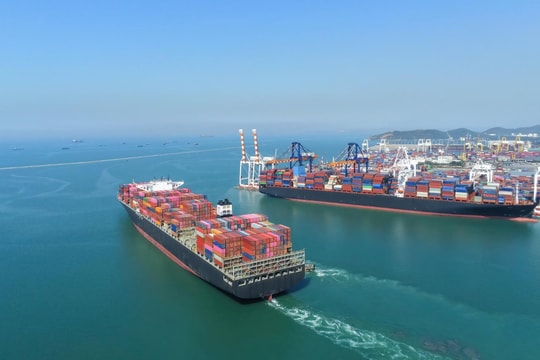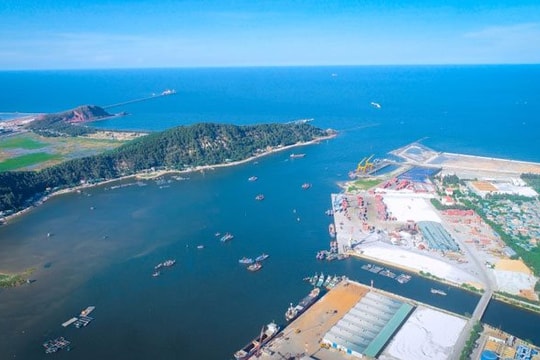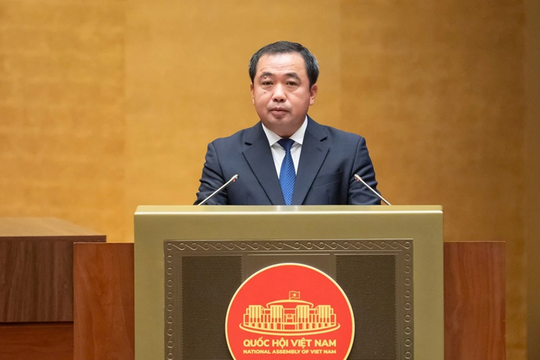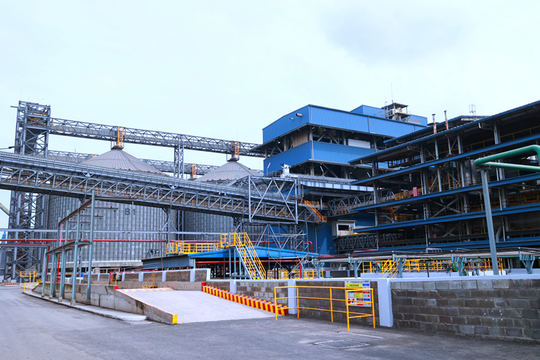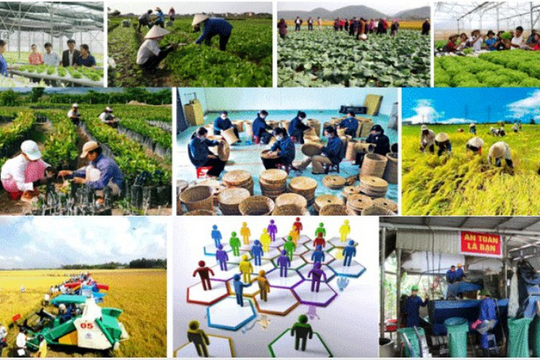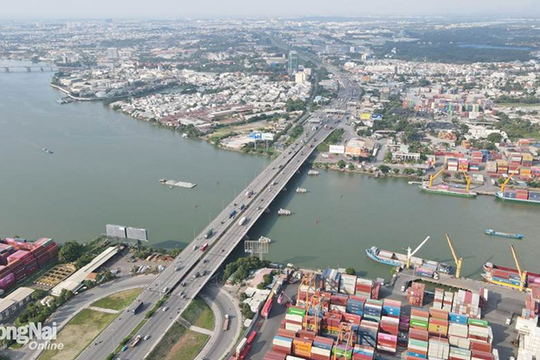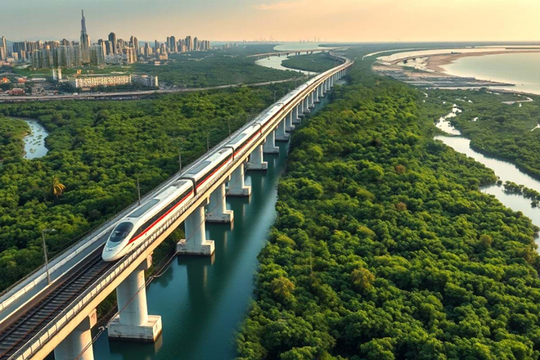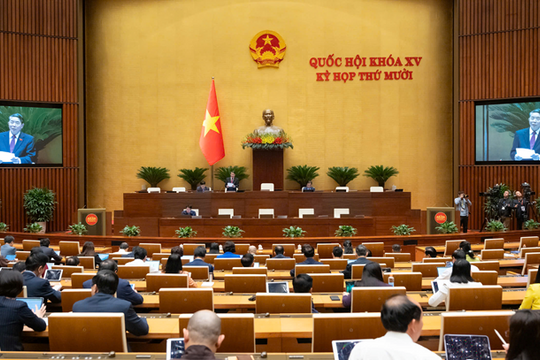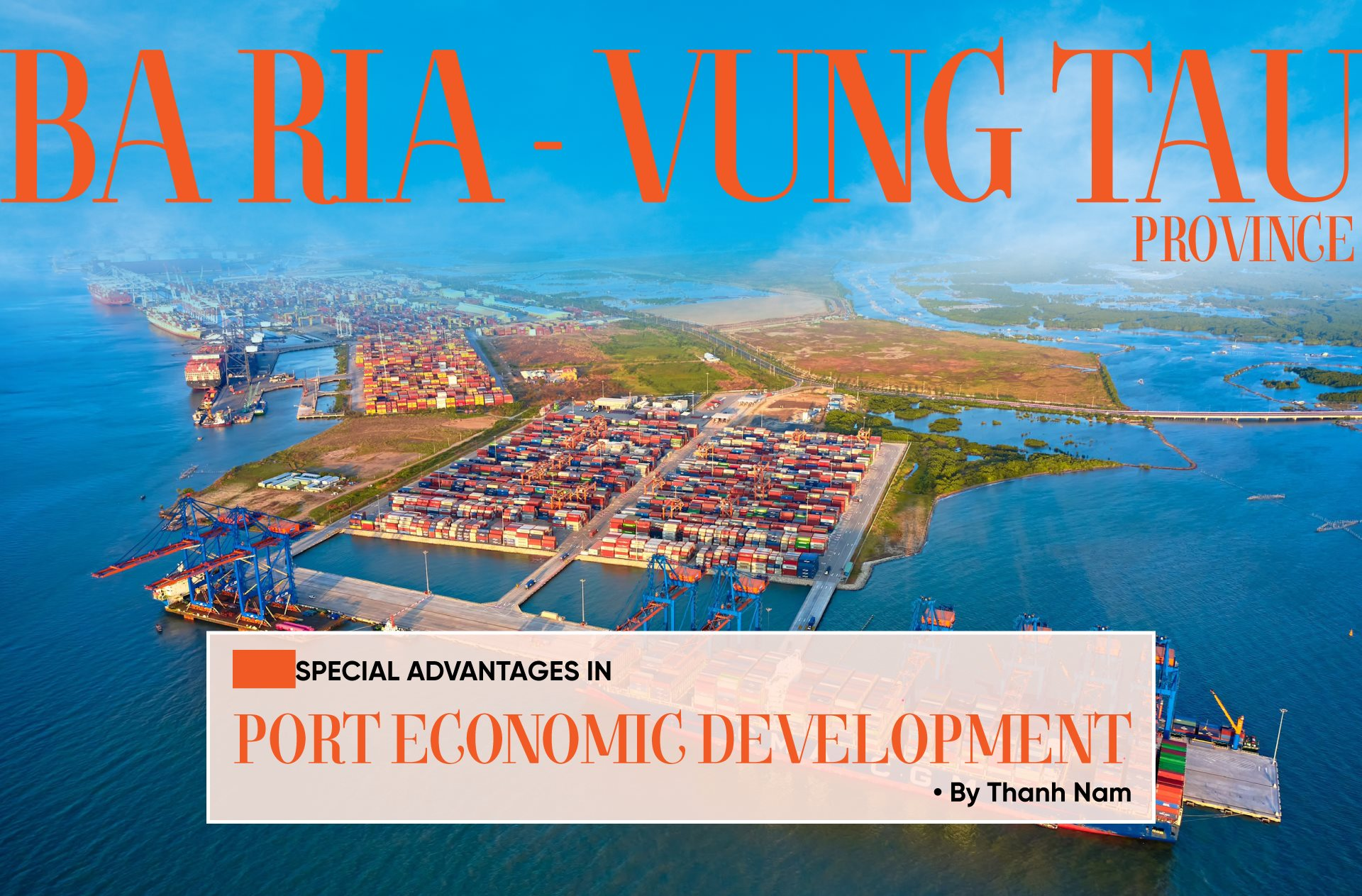
.png)
Ba Ria - Vung Tau seaport is one of the two special seaports in Vietnam. Among Port Group 4, Ho Chi Minh City seaport and Ba Ria - Vung Tau seaport have the largest capacity and proportion. According to the data from the Vietnam Maritime Administration, the total cargo volume through Ba Ria - Vung Tau seaport has been increasing over the years, with the corresponding proportions as follows (2015 - 2022): 47.8 million tons - 31.7% in 2015, 62.9 million tons - 35.4% in 2016, 61.4 million tons - 33.2% in 2017, 68.4 million tons - 33.7% in 2018, 107.8 million tons - 36.2% in 2019, 113.2 million tons - 37.9% in 2020, 113.7 million tons - 38.1% in 2021, and 108 million tons - 36.6% in 2022.
The above statistics show that the proportion of cargo through Ba Ria - Vung Tau seaport has gradually increased from 31.7% to 36.6%. Specifically, the proportion of container cargo has increased from 19.3% in 2015 to 48.2% in 2022.
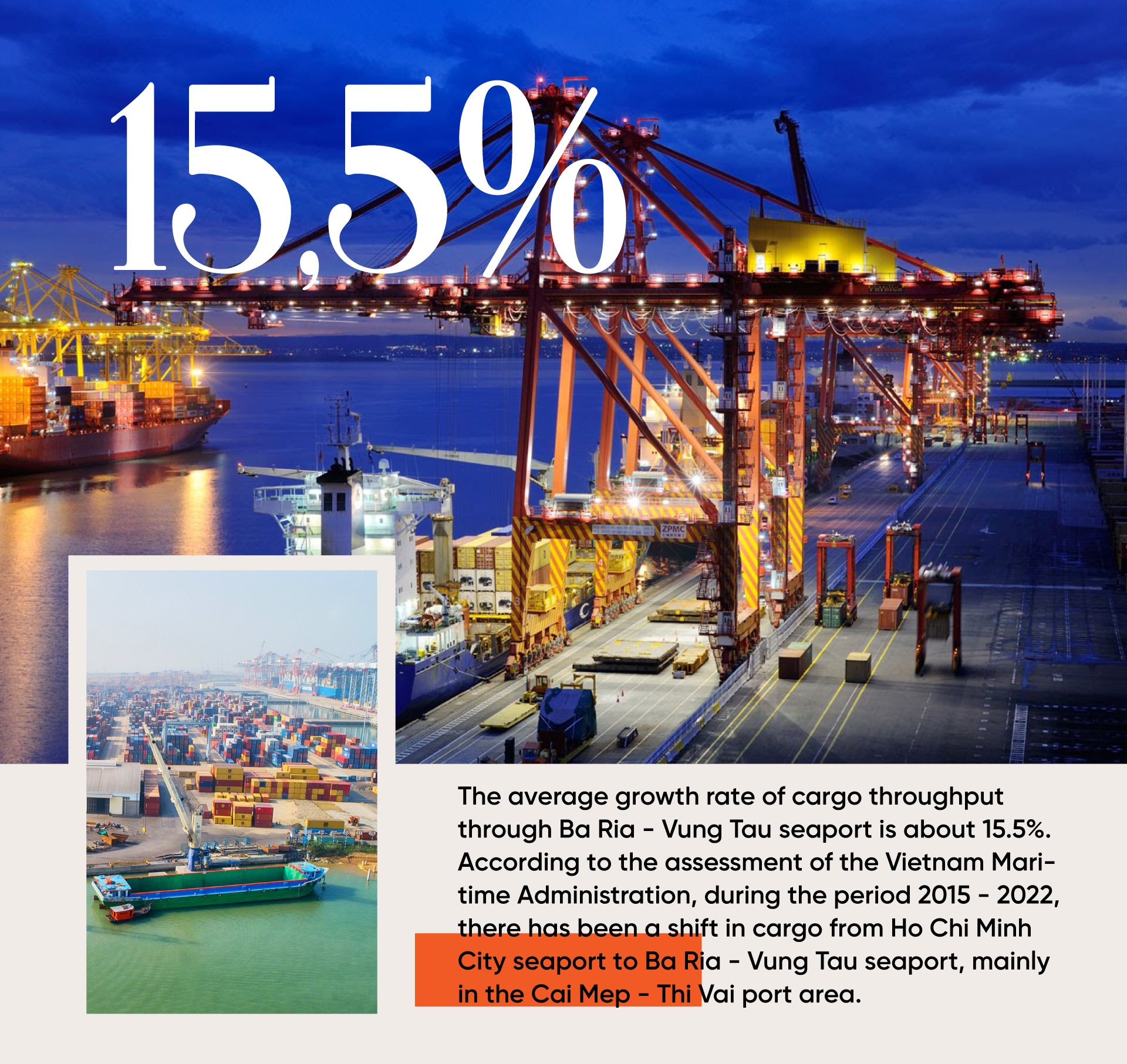
According to the Vietnam Maritime Administration, the cargo volume through Vietnamese seaports reached 733 million tons in 2022, a 4% increase compared to 2021 (703 million tons in 2021, a 2% increase compared to 2020). In particular, for Port Group 4, the cargo volume throughput in 2021 reached approximately 300 million tons.
According to a recent report by the Vietnam Maritime Administration, the Cai Mep - Thi Vai port cluster in Ba Ria - Vung Tau currently accounts for over 16% of the total cargo handling through seaports and 35% of the country's container volume. Cai Mep port, part of the Cai Mep - Thi Vai port cluster, is ranked as the 11th best container port out of 370 globally, according to the WB and S&P Global Market Intelligence through the Container Port Performance Index (CPPI) in May 2022.
The Cai Mep - Thi Vai port cluster currently accounts for 50% of the container volume in the southern region, second only to the Cat Lai port in Ho Chi Minh City, which holds 50% of the country's total container volume.
According to Decision No. 1579/QD-TTg (as mentioned above), by 2030, for Port Group 4, the cargo throughput is projected to be between 461 and 540 million tons (container volume between 23 and 28 million TEUs), and passenger traffic is expected to range from 1.7 to 1.8 million passengers. The vision until 2050 aims to meet the demand for cargo throughput with an average growth rate of about 3.5% to 3.8% per year and passenger growth rate of approximately 0.9% to 1.0% per year.
Within this plan, the Cai Mep - Thi Vai port cluster is planned to be an international transshipment gateway, and the Thi Vai area is designated for the development of regional socio-economic activities, including a comprehensive terminal, container terminal, bulk cargo terminal, etc. It is capable of accommodating vessels with a maximum deadweight tonnage of up to 250,000 DWT.
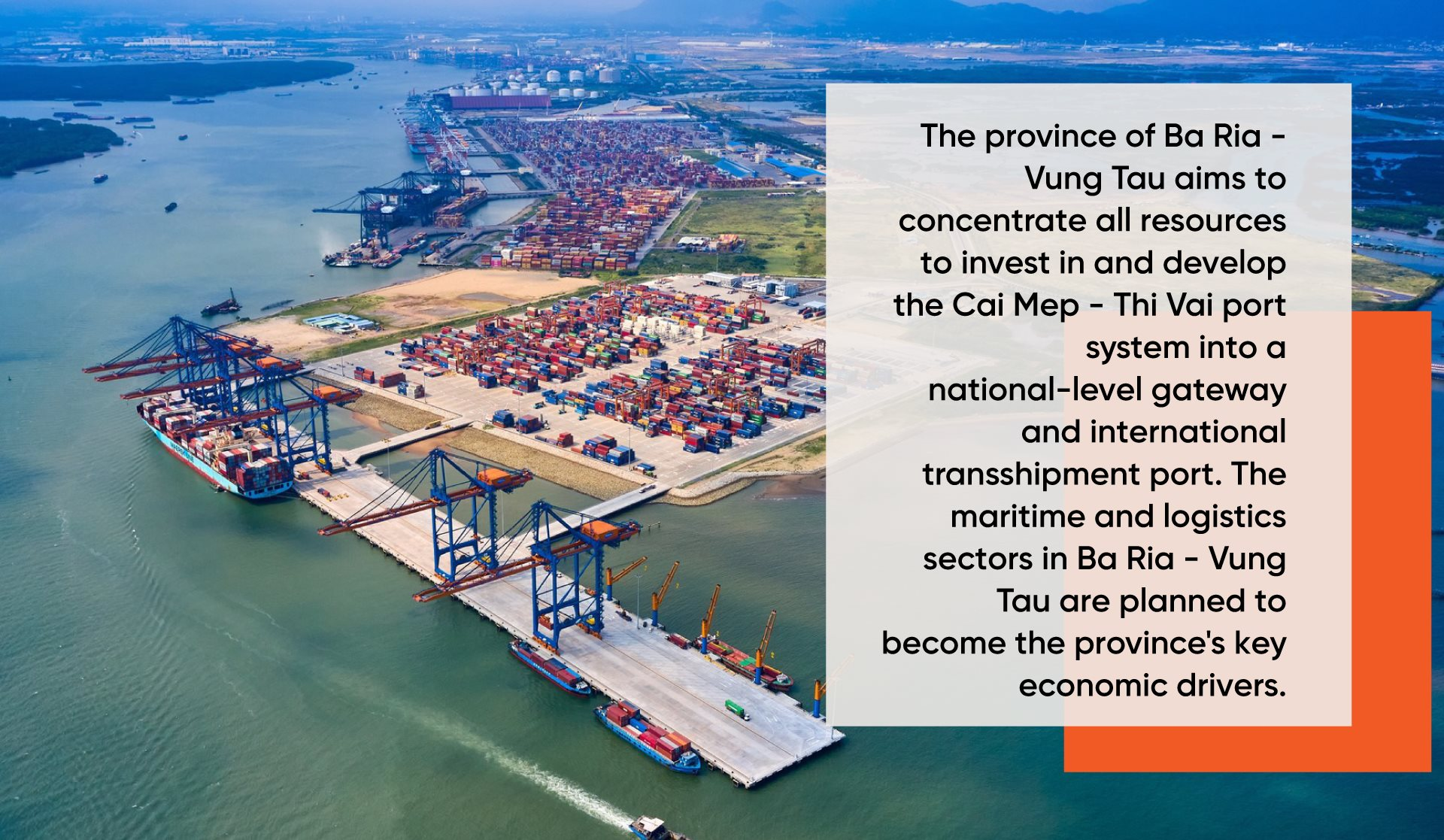
Box 2: The province of Ba Ria - Vung Tau aims to concentrate all resources to invest in and develop the Cai Mep - Thi Vai port system into a national-level gateway and international transshipment port. The maritime and logistics sectors in Ba Ria - Vung Tau are planned to become the province's key economic drivers.
Specifically, in the 2021 - 2025 period, the province strives for a total cargo throughput of approximately 375 million tons through the provincial port system, with an average of about 75 million tons per year. Currently, there are 69 planned port berths in the province, of which 48 projects with a capacity of 141.5 million tons per year have been put into operation. The Cai Mep - Thi Vai port cluster alone has 35 port berths, of which 22 berths (19 official projects and 3 temporarily operated projects) with a capacity of 117.8 million tons per year are already in operation, including 7 container ports with a capacity of 6.8 million TEUs per year.
In recent years, Ba Ria - Vung Tau province has been proactive and actively cooperating with the Ministry of Transport, the Vietnam Maritime Administration, port associations, the Vietnam Logistics Business Association, and port operating enterprises, logistics companies, and cargo owners to implement various measures to enhance the efficiency of port operations and management, particularly in the Cai Mep - Thi Vai port cluster.
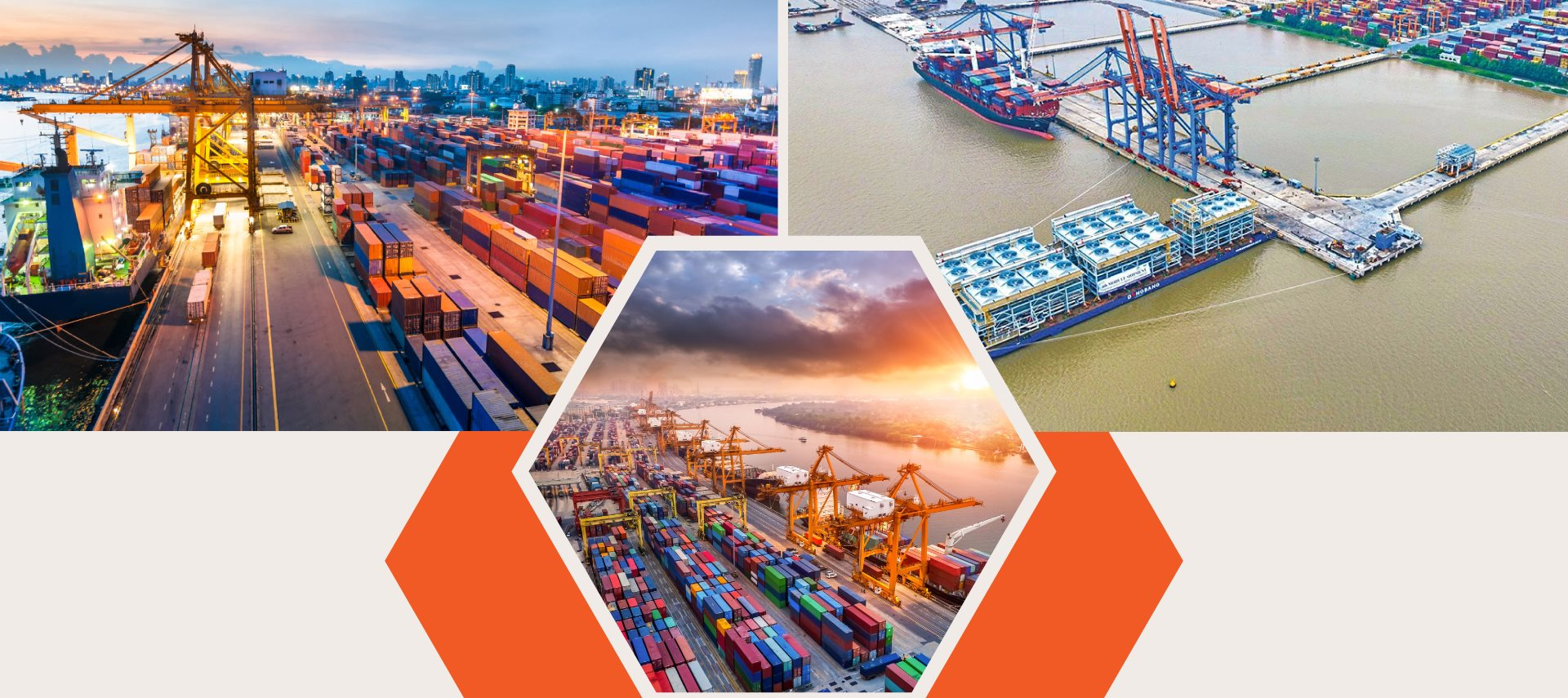
At the "Seminar on Promoting Cargo Flow through the Cai Mep Area," held in late May 2023, many experts, port operating companies, logistics enterprises proposed studying the selection of suitable port models, establishing cargo centers and logistics centers, increasing port and logistics capacity, and planning the logistics ecosystem.
In terms of infrastructure, there is a need to accelerate interregional transportation connectivity and utilize air connectivity between the Cai Mep - Thi Vai area and the Long Thanh International Airport. It is also important to invest in the Bien Hoa - Vung Tau railway project, establish an empty container depot in the Cai Mep - Thi Vai area, expedite the construction progress of the specialized inspection center, and create favorable mechanisms and procedures for transshipment and open ports.
It is known that Ba Ria - Vung Tau province is making efforts and concentrating resources to enhance and improve infrastructure, interregional transportation connectivity, and multimodal transportation to effectively serve the development of seaports. The focus is on planning and developing the logistics ecosystem (services, warehouses, dry ports, logistics centers, shipping agency companies, etc.).
At the same time, administrative procedure reform and digital transformation are being implemented in public administration to facilitate businesses. Directing agencies and departments, including the Ba Ria - Vung Tau Customs Department, to establish regular connections and exchanges in order to timely identify and resolve any obstacles, and create the most favorable conditions for businesses during their operations.
Looking from the present to the future, we have confidence that the seaport sector in Ba Ria - Vung Tau will leverage its special position to contribute even more to the economic and social development of the province and the country of Vietnamese.



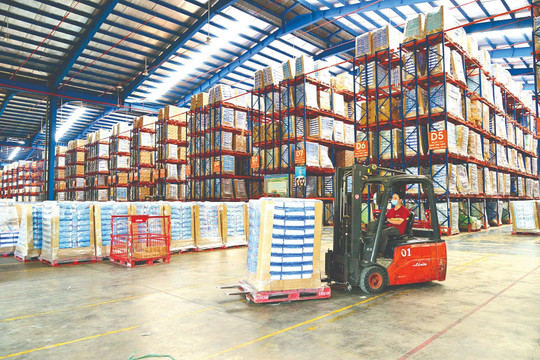
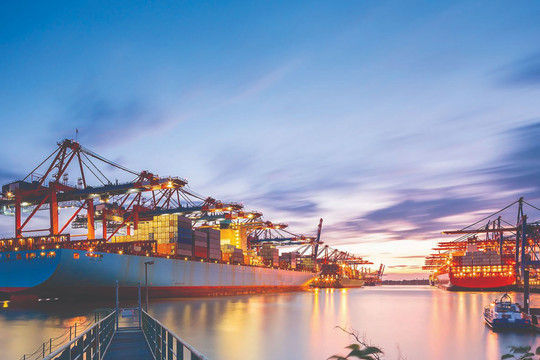
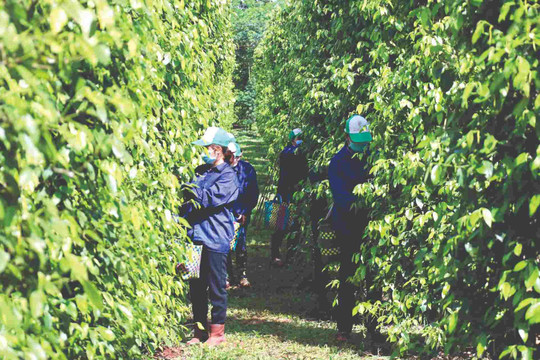



.png)



